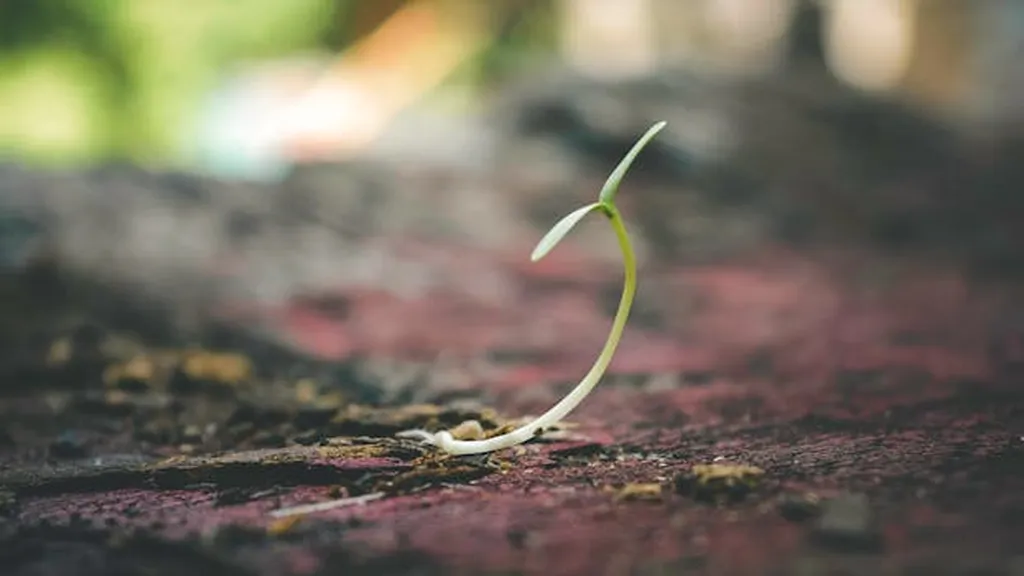In the heart of peninsular India, a tiny ant is making a big impact on seed germination and microbial control, according to a recent study published in the journal Scientific Reports. The seed harvester ant, Trichomyrmex scabriceps, is turning out to be an unlikely ally for farmers and agricultural scientists alike. The research, led by H. Aravinda from the Department of Agricultural Entomology at the University of Agricultural Sciences, GKVK, sheds light on the fascinating behavior of these ants and their potential benefits for seed germination and protection.
Harvester ants are known for their seed-collecting habits, but the specific behaviors and impacts of Trichomyrmex scabriceps on seed germination and microbial control have remained largely unexplored until now. Aravinda and his team set out to investigate the seed cleaning behavior of these ants and assess the role of their exocrine gland secretions as seed protectants.
The study focused on two types of millet: finger millet (Eleusine coracana L.) and little millet (Panicum sumatrense Roth. ex. Roem. and Schultz). The researchers observed the frequency of self-grooming, antennation, and seed cleaning behaviors among the worker ants. “We found that the ants exhibited these behaviors at rates of 4.84, 4.23, and 1.72 times per hour, respectively,” Aravinda explained. “This meticulous cleaning process not only removes the seed husk but also a tiny amount of the elaiosome, which is the lipid-rich structure attached to the seed.”
The results were striking. Seeds collected and stored by the ants in their nest granaries showed the highest germination rates, with an impressive 71.67% germination rate. Despite similar microbial loads across different treatments, nest seeds exhibited significantly lower microbial growth compared to other seeds. “This suggests that the ants’ cleaning behavior and possibly their exocrine gland secretions play a crucial role in protecting the seeds from microbial infections,” Aravinda noted.
The study also revealed that the colony development rate varied significantly among different seed treatments. Nest seeds showed the highest colony development rate, followed by plant seeds, ant seeds, ground seeds, and control seeds. These findings highlight the potential of harvester ants as natural seed protectants and germination enhancers.
The implications of this research are far-reaching. In an era where sustainable and eco-friendly agricultural practices are gaining traction, the role of harvester ants in seed protection and germination could be a game-changer. “Understanding the antimicrobial compounds produced by these ants could lead to the development of new, natural seed treatments that are both effective and environmentally friendly,” Aravinda suggested.
The study not only contributes to our understanding of the symbiotic relationship between harvester ants and seeds but also opens up new avenues for research in the field of agricultural entomology. As we strive to meet the growing demand for food while minimizing our environmental impact, the insights gained from this research could pave the way for innovative and sustainable agricultural practices.
In the words of Aravinda, “This is just the beginning. There’s so much more to learn about these tiny creatures and their potential benefits for agriculture.” As we continue to explore the intricate world of harvester ants, we may uncover even more secrets that could revolutionize the way we grow and protect our crops.
The research was published in Scientific Reports, a prestigious journal known for its rigorous peer-review process and high standards of scientific excellence. The study’s findings are a testament to the power of interdisciplinary research and the potential of nature-inspired solutions to some of our most pressing agricultural challenges.

